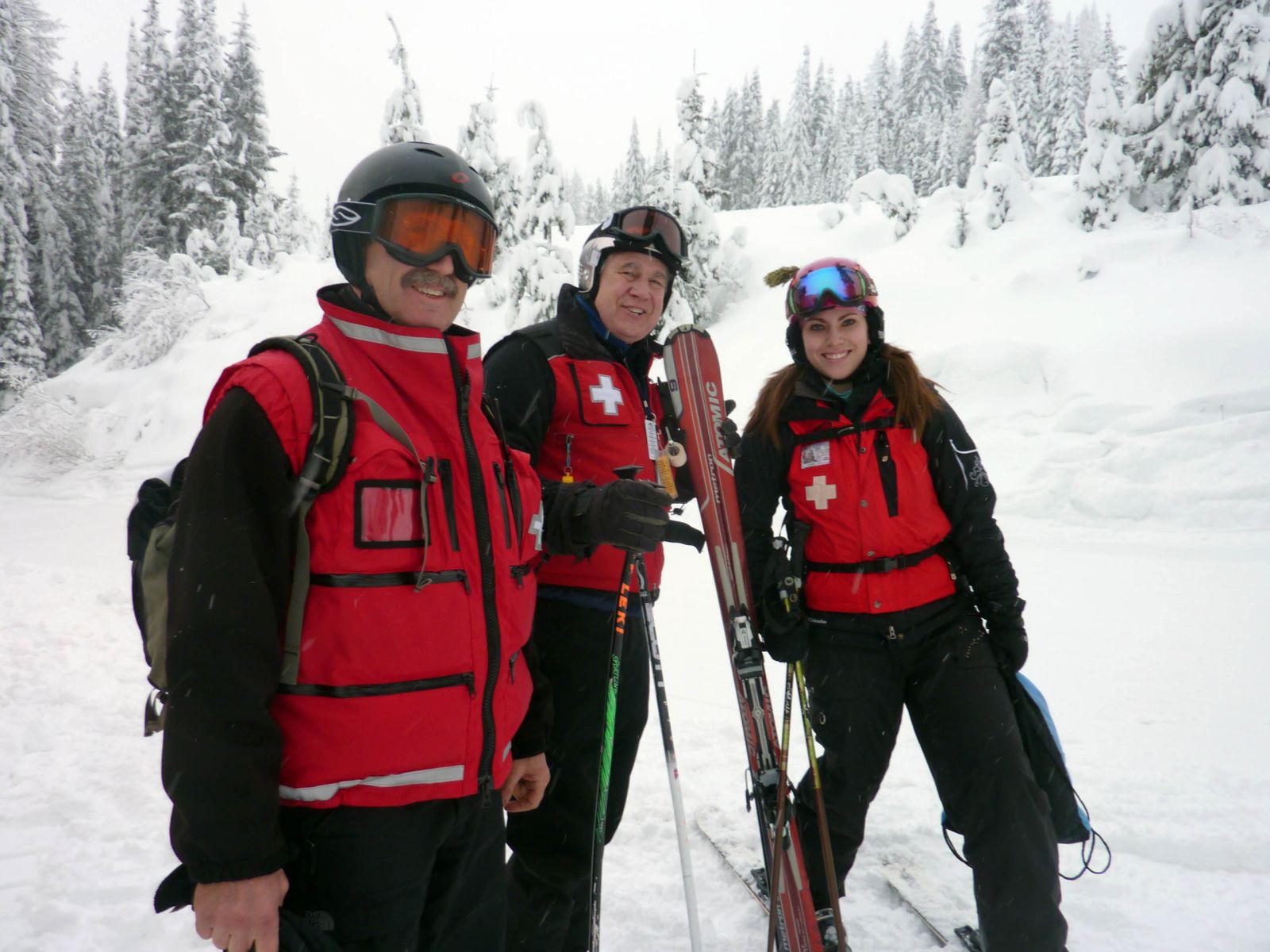Your #1 Place for Fresh Powder & Cool Videos, showcasing all the mountain has to offer!
Watch NowNever miss out on weather alerts, events, and money saving coupons with a direct connection to our weather report via email or your mobile phone.
Click Here to Sign Up
At Lookout Pass fellow riders use alpine, snowboard, telemark, cross country and
specialized ski equipment; such as "sit-skis" used by adaptive skiers.
Regardless of how you enjoy the slopes, always show courtesy to others!
Be aware that there are elements of risk in skiing that common sense and personal awareness can help reduce.
We always recommend wearing a helmet while skiing and snowboarding.
However, helmets have their limitations and are not the end all for safety.
Observe the Code listed below and share the code with others!
JANUARY IS NATIONAL SAFETY AWARENESS MONTH!
NSAA Ski Safety Site:
Your Responsibility Code:
BEACON TRAINING PARK
We established a Beacon Training Park between Rolling Thunder & Hoot Owl.
Guests are encouraged to stop by the Ski Patrol Top Shack if they need assistance with either the Beacon Park or understanding the function of their Beacons.
VIDEO: Beacon Searching 101
VIDEO: Pinpointing in the Backcountry - How To Probe
VIDEO: How To Shovel 101
YOUR Responsibility Code1. Always stay in control. You must be able to stop or avoid people or objects. 2. People ahead or downhill of you have the right-of-way. You must avoid them.
3. Stop only where you are visible from above and do not restrict traffic. 4. Look uphill and avoid others before starting downhill or entering a trail. 5. You must prevent runaway equipment. 6. Read and obey all signs, warnings, and hazard markings. 7. Keep off closed trails and out of closed areas. 8. You must know how and be able to load, ride and unload lifts safely. 9. Do not use lifts or terrain when impaired by alcohol or drugs. 10. If you are involved in a collision or incident, share your contact information with each other and a ski area employee. KNOW THE CODE. IT'S YOUR RESPONSIBILITY.This is a partial list. Be safety conscious! |
SLOPE SAFETY LINKSSMART STYLE & PARK SMART Freestyle Terrain Safety Initiative |

Complementing the Responsibility Code and it's 7 tenets, Ride Another Day promotes 3 actions every skier and rider can take to help keep themselves and those around safer on the slopes.
Be ready to slow down or avoid objects or other people at any time. Ski and ride in such a way that you are always able to control yourself regardless of conditions and avoid others and objects you may encounter on the run, groomed or otherwise.
Stay alert to what’s going on around you, especially other skiers and riders. Being aware of those around and changing conditions will help you have a fun and safe day on the hill.
Ease up at blind spots, check uphill when merging onto trails, and give other skiers plenty of room when passing. Be on the lookout for blind-spots on the run where traffic merges or you can't see what's coming next. If you are unfamiliar with a run, take it easy the first time down it, and make note of places where you'll want to slow down, such as cat tracks and rollers. Also, give other skiers and riders lots or room, especially if you are passing them. There's plenty of space out there, so there's no need to crowd each other.
 |
Skiing and snowboarding off of the groomed runs in DEEP POWDER SNOW is a big
Learn how to prevent these types of accidents! |